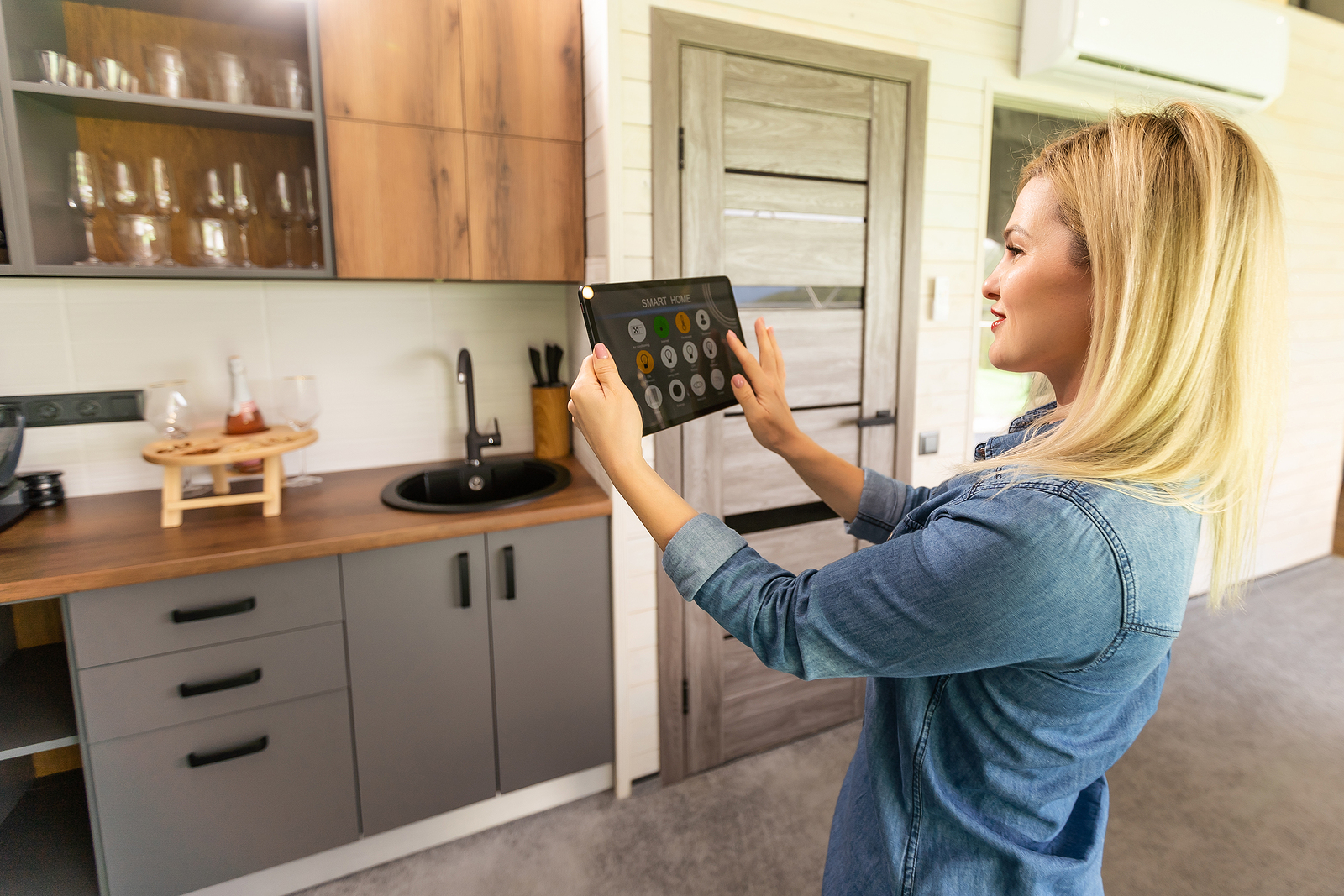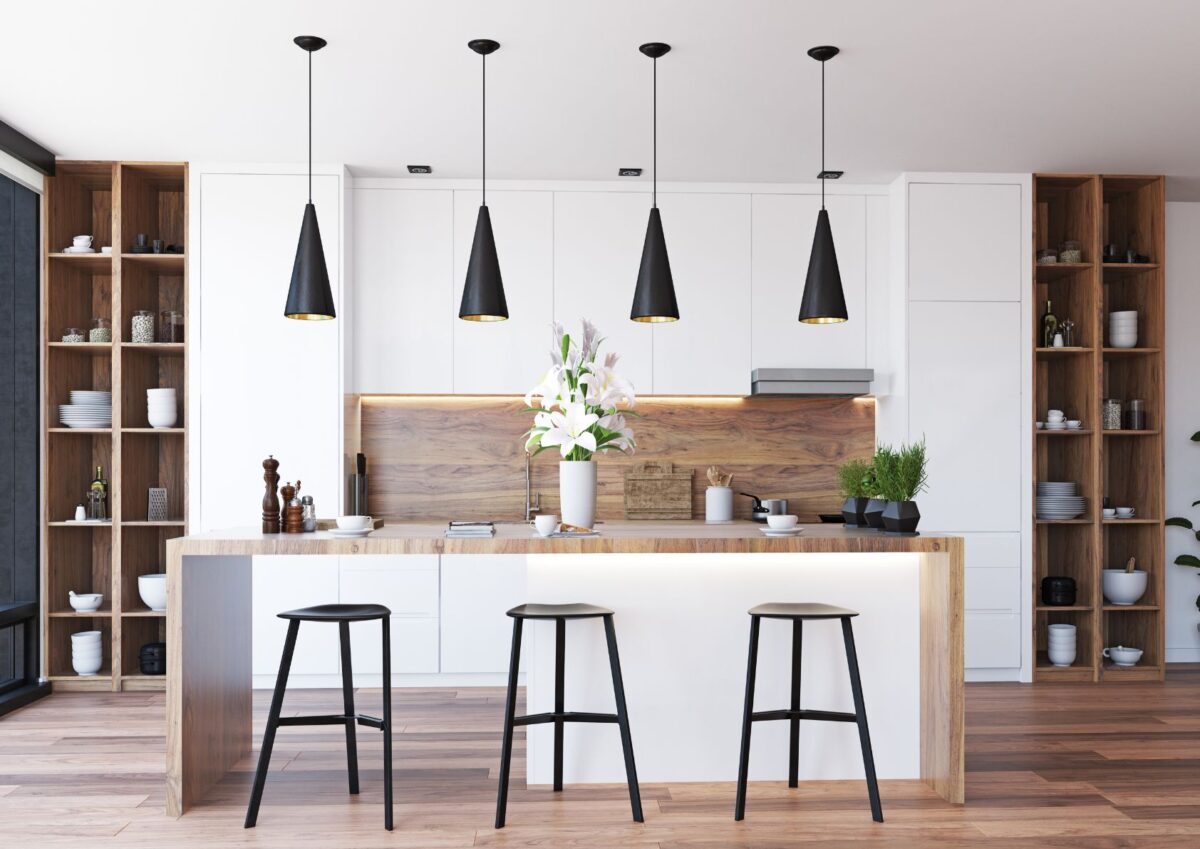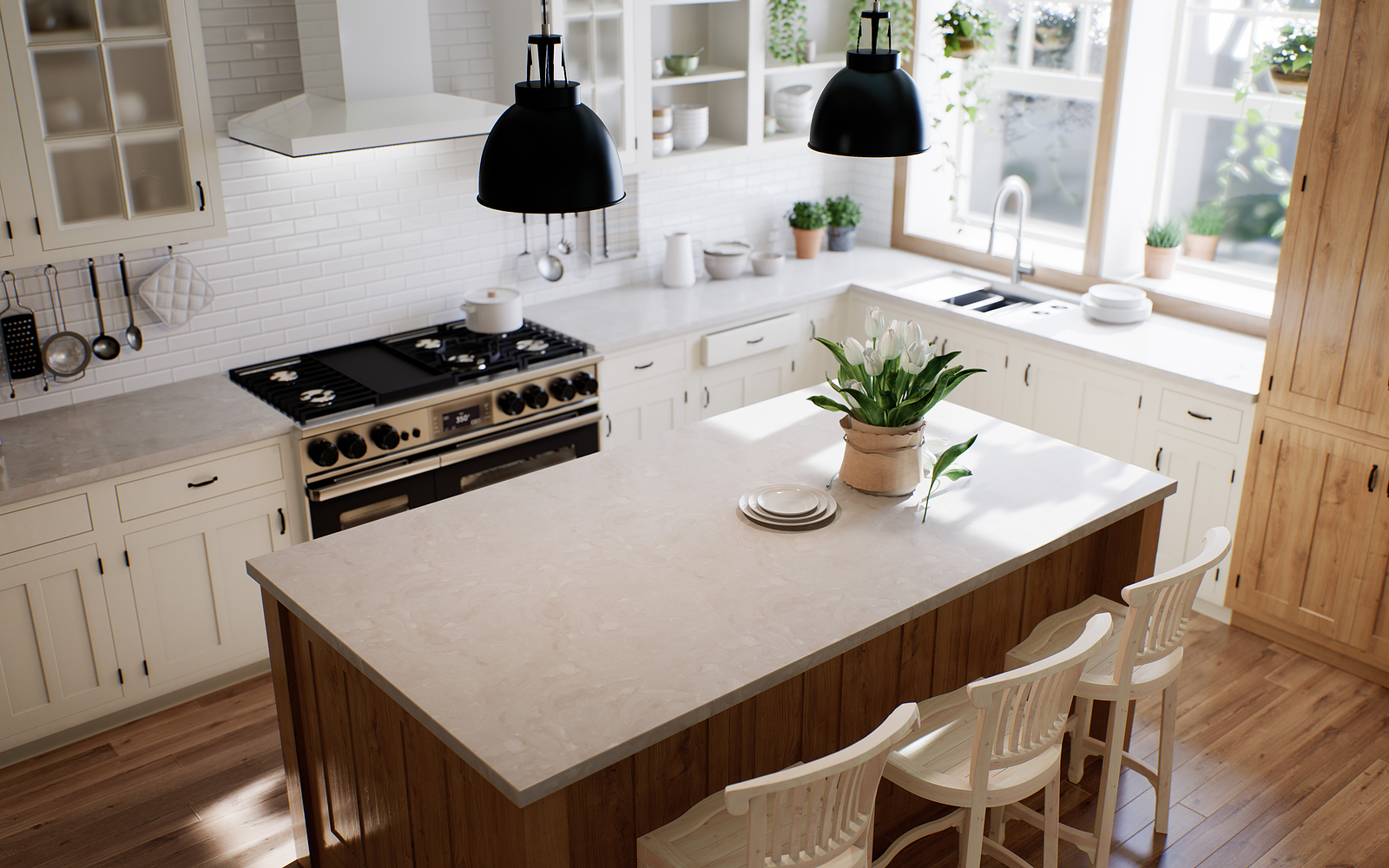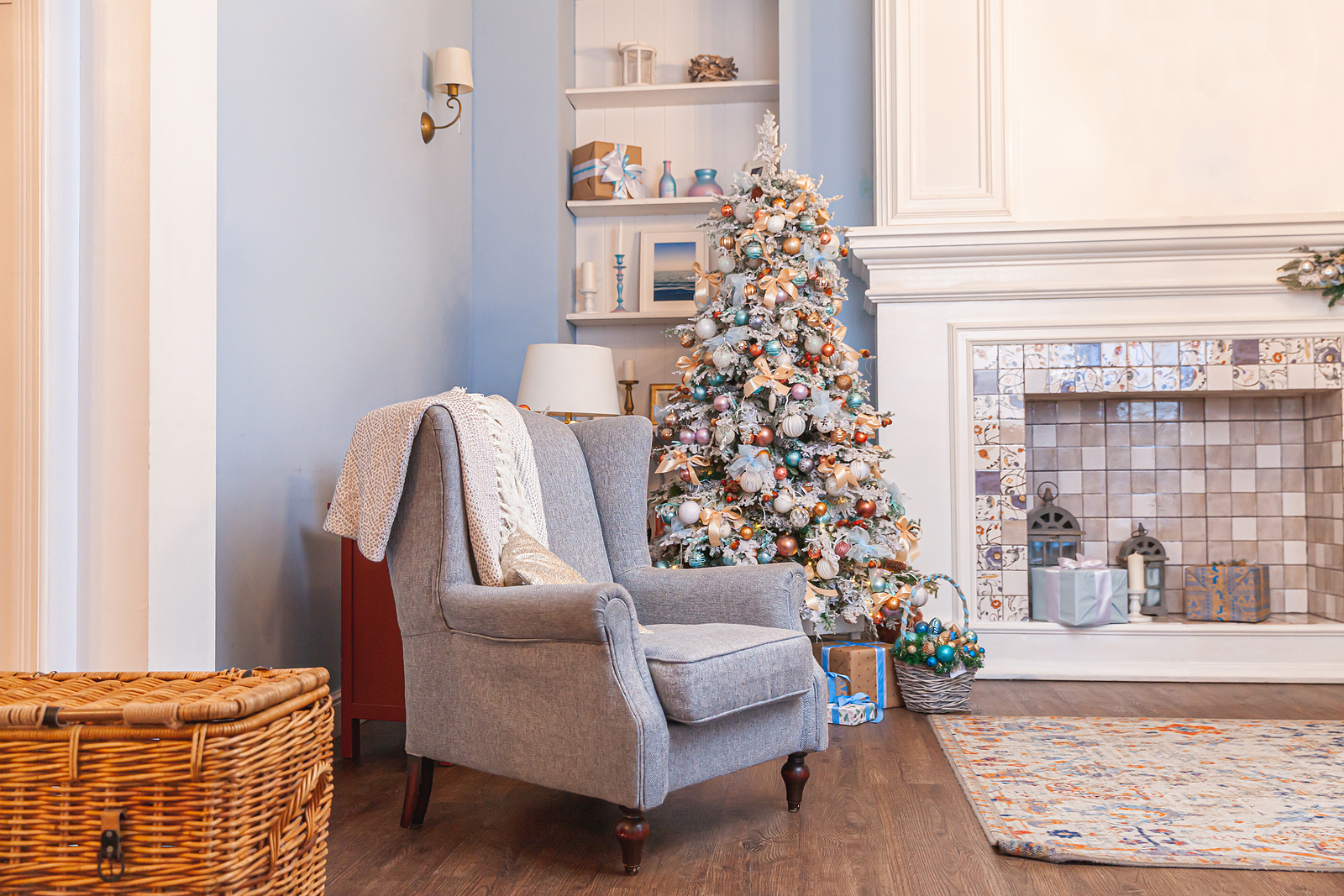In today’s fast-paced real estate market, savvy buyers and sellers alike are looking for features that make a home more convenient, secure, and energy-efficient. That’s why the phrase smart home, smart investment has become more than just a catchy saying—it’s a strategy. Integrating smart technology isn’t just about modern living; it’s about boosting resale value in a competitive market. In this post, we’ll explore which smart home upgrades are most likely to pay off when it’s time to sell and how you can make informed decisions about where to invest.
Smart Thermostats: Energy Efficiency That Pays Off
One of the most appealing upgrades for potential buyers is a smart thermostat. Devices like the Nest or Ecobee adapt to homeowners’ habits, helping reduce energy bills and carbon footprints. For buyers, this translates into long-term savings and a home that’s already equipped to handle modern energy demands.
 Smart thermostats are especially attractive in regions with extreme temperatures, where HVAC usage can get expensive. According to a Zillow study, homes with smart thermostats sold for more than expected in certain markets, proving this small investment can yield a strong return.
Smart thermostats are especially attractive in regions with extreme temperatures, where HVAC usage can get expensive. According to a Zillow study, homes with smart thermostats sold for more than expected in certain markets, proving this small investment can yield a strong return.
Security Systems: Peace of Mind Sells
Home security has gone digital, and buyers are here for it. From video doorbells to motion-sensing cameras and smart locks, these features are no longer considered luxuries—they’re expectations. Installing a basic smart security setup signals that the home has been cared for and modernized.
Buyers are increasingly looking for homes with pre-installed security features, especially in suburban and urban areas. Beyond resale value, these systems offer immediate personal benefits, making the choice to install them a win-win.
Smart Lighting: Small Upgrade, Big Impression
Lighting might seem like a minor detail, but smart lighting systems can elevate a home’s ambiance and appeal significantly. Adjustable color temperatures, voice control compatibility, and motion-detection features all add to a buyer’s impression of a high-tech home.
In open houses and listings, smart lighting also improves presentation, allowing agents to set the perfect mood. While this may not increase the home’s appraisal value drastically, it can be a deciding factor for prospective buyers torn between similar properties.
Smart Appliances: A Modern Kitchen Sells
Smart refrigerators, ovens, and dishwashers aren’t just fun to show off—they’re a clear signal that the home is updated. Buyers, especially in mid- to high-end markets, expect the kitchen to reflect current trends in technology and design.
While these appliances can be costly, they add a “wow” factor that resonates during home tours. Including them in the sale can also sweeten negotiations and differentiate your home from others in the area. After all, a smart home, smart investment mindset includes the heart of the home, the kitchen.
Integrated Home Systems: The Ultimate Upgrade
Whole-home automation systems that control lighting, temperature, entertainment, and even window coverings can significantly enhance a home’s perceived value. These systems appeal to tech-savvy buyers who want a cohesive, centralized experience.
Although the upfront cost of installing an integrated system is higher, it has the potential to make your home stand out in luxury markets. For buyers who are already considering similar upgrades post-purchase, a fully integrated system can justify a higher offer.
Final Thoughts: Is It Worth the Investment?
If you’re planning to sell within the next few years, selectively investing in smart home tech can pay off in both listing price and buyer interest. Focus on upgrades that are widely recognized and easy to use. No one wants to feel like they need a tech manual just to adjust the lights.
As smart technology becomes more embedded in everyday living, embracing the smart home, a smart investment approach can give your property an edge in a crowded market. With the right upgrades, you’re not just enhancing your living experience; you’re increasing your bottom line when it’s time to move on.


















